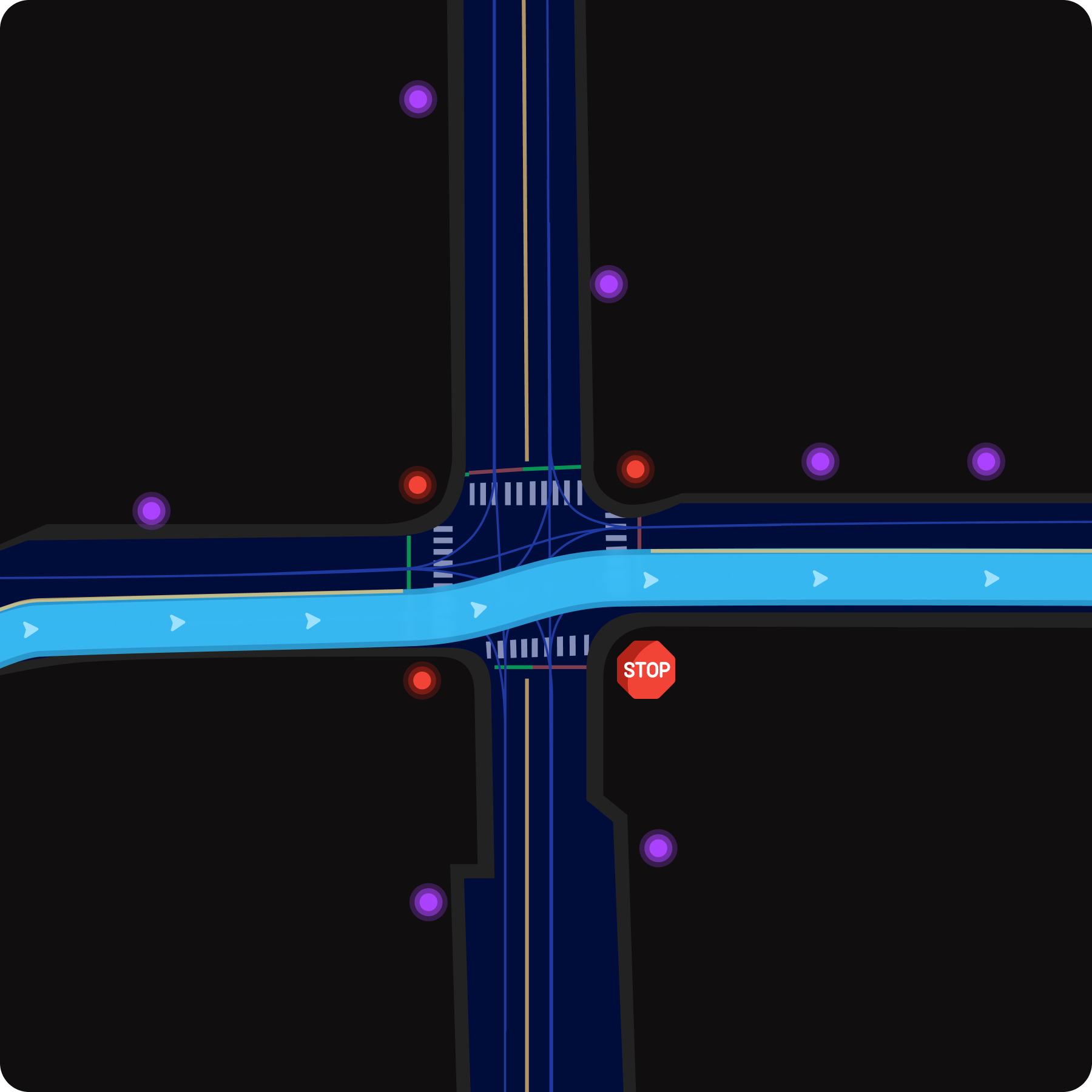
Industries
Autonomous Driving

Compact HD Maps For AD & ADAS

Content-Ready Data for Simulation Testing
Urban Planning

Map Overview For Urban Planning
Industries
Autonomous Driving & ADAS
Compact HD Maps offer centimeter-level accuracy, enabling high-performance localization, path planning...
Autonomous Driving

Compact HD Maps For AD & ADAS

Content-Ready Data for Simulation Testing
Urban Planning

Map Overview For Urban Planning

Industries
Autonomous Driving

Compact HD Maps For AD & ADAS

Content-Ready Data for Simulation Testing
Urban Planning

Map Overview For Urban Planning
Industries
Autonomous Driving & ADAS
Compact HD Maps offer centimeter-level accuracy, enabling high-performance localization, path planning...
Autonomous Driving

Compact HD Maps For AD & ADAS

Content-Ready Data for Simulation Testing
Urban Planning

Map Overview For Urban Planning























%201.png)
.avif)

.avif)










